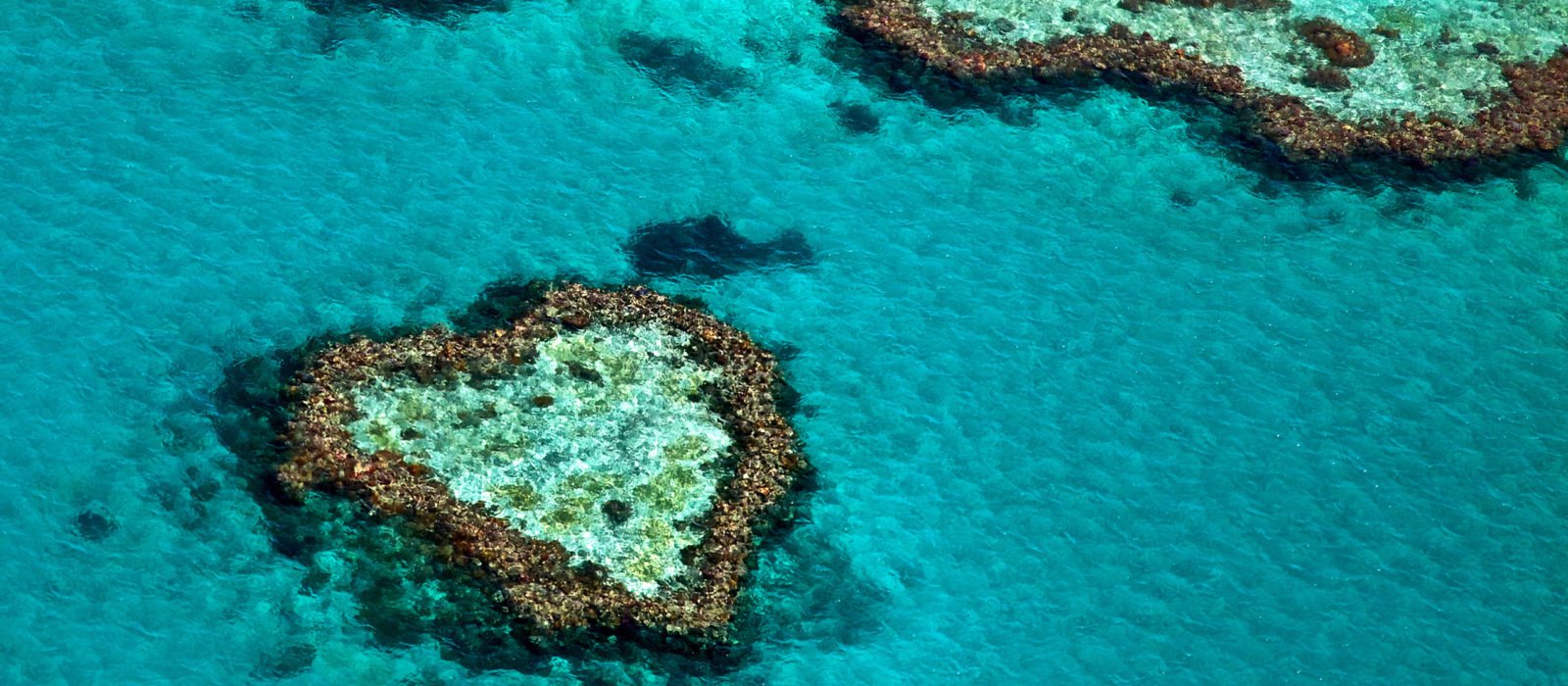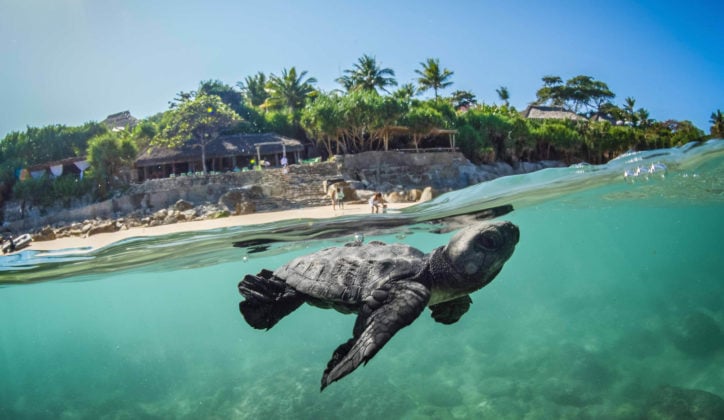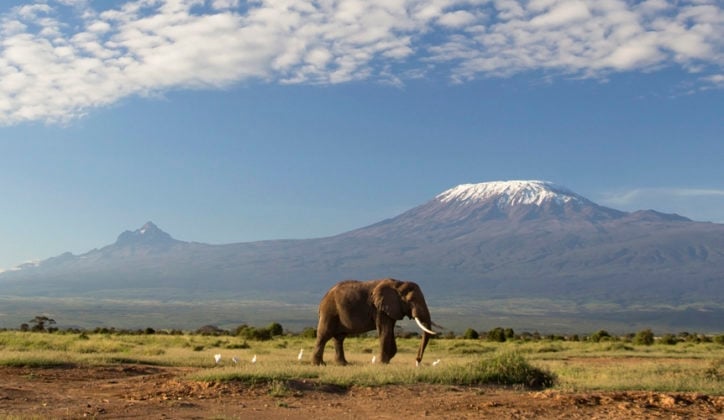Published on: September 5th, 2017
Last modified: June 15th, 2023
The planet we know and love today is not necessarily the planet we'll be left with a hundred years from now.
The world is suffering increasingly from environmental change and rapid human development. As a result, treasured destinations, valued ecosystems and unique communities are being wiped off the map. There's even danger in some cases of extinction within the next century.
Now is the perfect time to travel to see endangered wildlife and disappearing ecosystems - these are the places to visit before they disappear. Most importantly, it's time to seek out those destinations that have not yet been impacted by mass tourism.
Here's our list of vanishing spots and best-kept secrets to catch before they're gone - or changed - for good.

1) Sumba Island, Indonesia
The island of Sumba epitomises Indonesian paradise. This undeveloped island has yet to succumb to the relentless march of tourism and Westernisation and is home to only one luxury hotel, despite being twice the size of neighbouring Bali. The 6000 inhabitants are predominantly villagers who still continue the ancient rituals and traditions of their ancestors, and the hotel in question works closely with them to ensure the continuation of their unique society and culture.
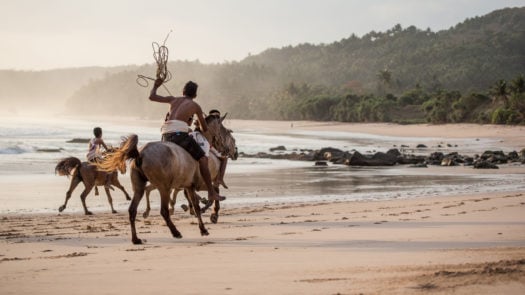
You’ll be able to intimately and almost privately revel in the idyllic surroundings of rainforest, rice paddies and white sand coastlines while being exposed to the traditional Sumbanese culture. Go on jungle treks and freshen up with a dip in a waterfall pool, visit local markets and learn about the villagers’ age-old beliefs and trades, or simply get lost amongst the sublime coastlines and coves.
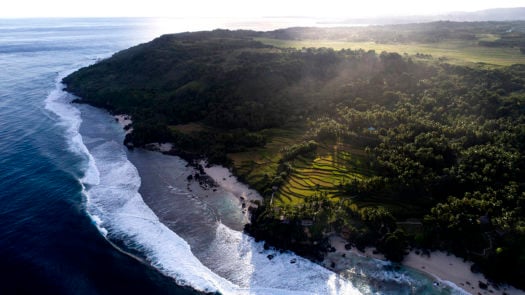

2) The Kilimanjaro Snowcap
If you still want the chance to see the mesmerising glaciers atop Kilimanjaro, it’s best to go imminently. Unfortunately, the glacial ice is rapidly retreating and experts predict that the beautiful ice formations will not last that much longer. Approximately 85% of the glacial ice on Mount Kilimanjaro disappeared between 1912 and 2011.
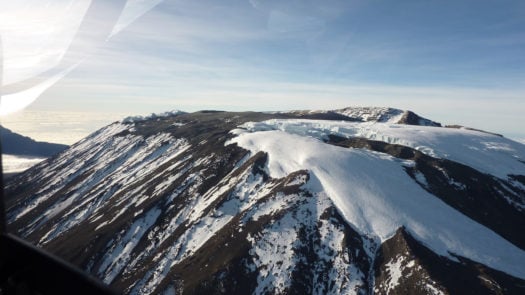
Even scarier, according to a report by Nasa, is that the remainder could disappear within the next few years. To behold the beauty while it lasts, embark on a monumental trip and trek up the extraordinary Kilimanjaro with our expert guides.
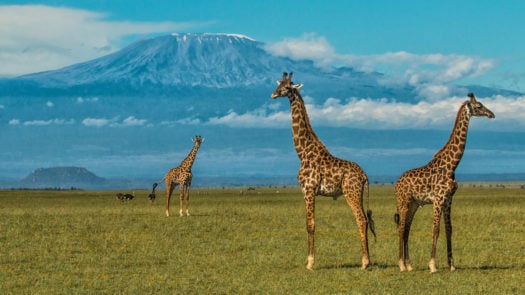

3) Batang Ai National Park, Borneo
Nestled in the heart of the Borneo jungle is the national park of Batang Ai, flooded in the 1980s to create a reservoir (though you can still see treetops sticking out of the water). Its people, the famous Iban head-hunters, live there in villages of traditional longhouses reachable via longboat. You’ll be relieved to hear that they haven’t practised head hunting for about fifty years, but they’re more than happy to meet travellers and teach them about their fascinating, ancient culture.

What’s more, this dense and mystical jungle is a rare chance to spot the endangered Borneo orangutan, whose natural habitat and very lifestyle are now hanging in the balance. Borneo’s lowland forests are being eradicated due to a high demand for wood and products like palm oil. These victims of logging and fire are the largest tree climbing mammals and are by far one of the most impressive and awesome animals to see. See them in the wild now before the damage persists, or catch them in Sandakan, home to the Sepilok Nature Rehabilitation Centre.
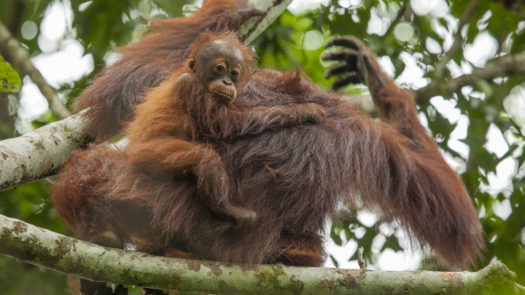

The best of the rest
4) The Banda Islands, Indonesia
The gorgeous Banda Islands are remote and largely uninhabited by humans, making it the perfect getaway spot. The raw natural beauty of these islands, more commonly known as the ‘spice isles’, is mesmerising, and their ancient Indonesian tribal cultures persist to this day, each island with its own distinct culture and way of life. A first-class choice for scuba diving and snorkelling enthusiasts.
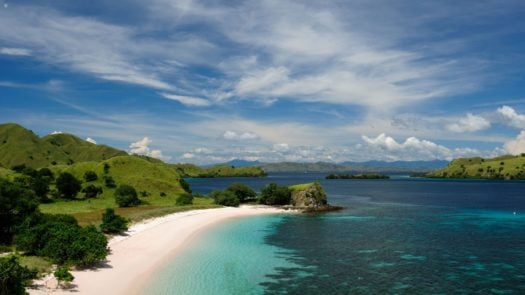
5) The Palaung Hill Tribe, Myanmar
The Palaung hill tribe are situated in the Shan State, Myanmar (Burma), home to some of the oldest hill tribes and most ancient indigenous peoples. Famous for having their own script, language, tea, and colourful dress, the hill tribes are worth visiting to absorb their heritage and traditional ways before mass tourism, modernity and development hits these traditional groups.
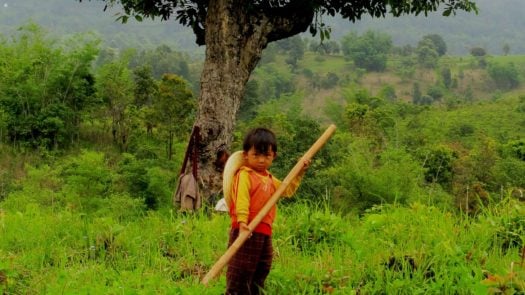
6) Perito Morneo Glacier & Upsala Glacier, South America
The El Calafate glacier region of Argentina‘s share of Patagonia is one of the world’s most enchanting sites, with its famous Perito Moreno Glacier being one of the few glaciers in the world that is still advancing. Seeing the ice falling from this glacier into the lake is a formidable experience, and one to see in the near future. Its lesser known cousin Upsala was the biggest glacier of its kind in South America and still holds its own despite its rapid retreat.
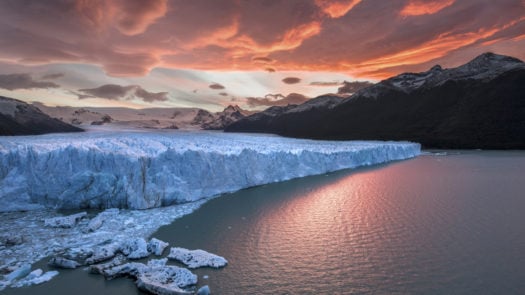
7) Bwindi Forest, Uganda
The world’s largest living primate, the Mountain Gorilla, is critically endangered. A mere 800 are left in the wild today, with just over 400 in Bwindi Forest, “the” place to come in Uganda to spot them. Uncontrolled hunting, war, disease and deforestation have drastically decreased the Mountain Gorilla population. Go without delay to see these rare but majestic creatures.
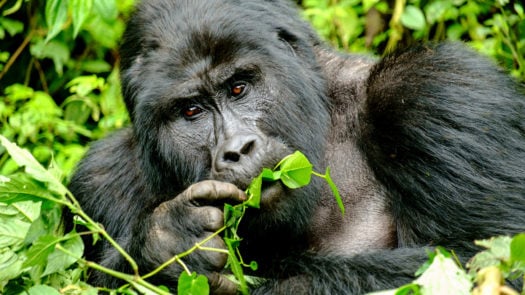
8) Bahia Bustamante, Argentina
Not a conventional destination for those holidaying in Argentina, but definitely one worth visiting before the rest of the world catches on. Bahia Bustamante is a small, picturesque seaside village on the ruggedly beautiful Patagonian coast, famous for its seaweed production and rich in marine life. This unfrequented destination is remote and perfect for an escape.
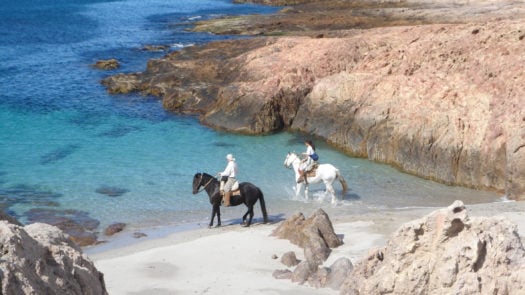
9) The Belize Barrier Reef, Belize
The largest barrier reef in the Northern Hemisphere is sadly under threat and vulnerable. Oceanic pollution and increased temperatures are to blame, which leads to coral bleaching. It is now more imperative than ever to see this extraordinary World Heritage Site, home to the spectacular ‘Blue Hole’.
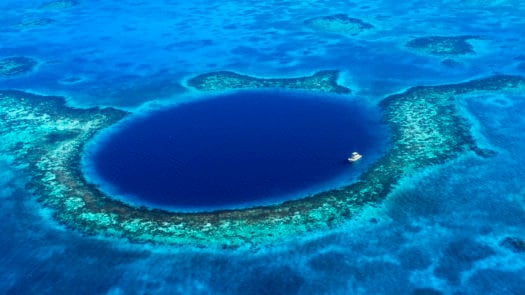
10) The Elephant Coast, South Africa
The coastal forests in South Africa’s Kwazulu Natal region are under threat from mining in Richard’s Bay and other forms of human interference. Essentially minerals are being removed from the sands of the North Coast and rivers are being directed by manmade channels directly into the sea, clogging marine systems, which proves to be a complex conservation issue. This particular area of South Africa demonstrates some of the natural wonders and wildlife of Africa, but it is becoming increasingly important to visit now.
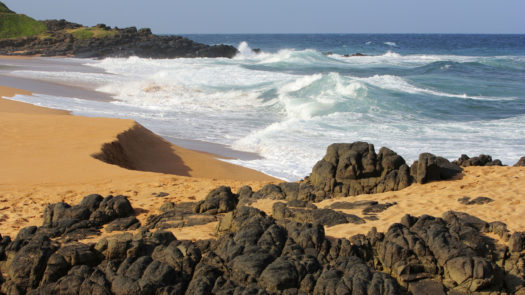
11) The Cloud Forests, Ecuador
Cloud forests are undoubtedly one of nature’s greatest feats with their eerie beauty. Most people haven’t caught on to the Ecuadorian cloud forests yet, so for an exclusive and unique experience journey to the exotic Andean highlands, where you’ll find the secluded Masphi ecolodge tucked away in the misty, verdant forest.
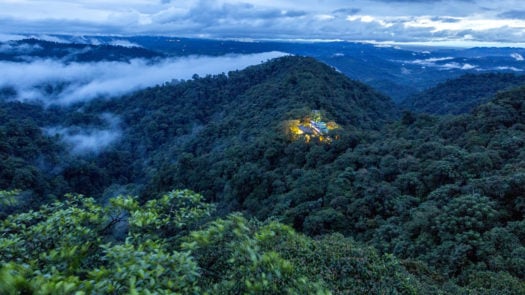
12) Cordoba, Argentina
The traditional gaucho way of life is fast being eroded. However, at the beautiful Estancia Los Potreros you can live vicariously through the gauchos on site. This working-cattle farm is sheltered at the top of the Sierras Chicas: a truly magical setting. With a mere seven rooms, this working estancia ensures a personal and exclusive experience. Take advantage of the estancia’s many activities, such as riding horseback through the ranch, taking respite by the idyllic poolside, or tucking into a traditional Argentine asado(barbecue).
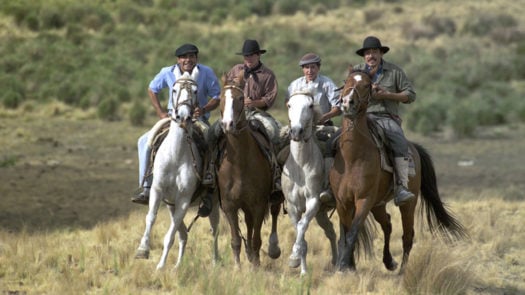
13) Navarino Island
Chile‘s Navarino Island is located between the Beagle Channel, Wulaia Bay and Cape Horn to the south. This amazing UNESCO Biosphere Reserve is the nearest land to Antarctica so there’ll be plenty of impressive Antarctic wildlife on display. Best of all, the island is still off most people’s radar, so you’ll have its tundras, beech forests, mountain peaks and rugged coastline virtually to yourself if you get there soon enough.
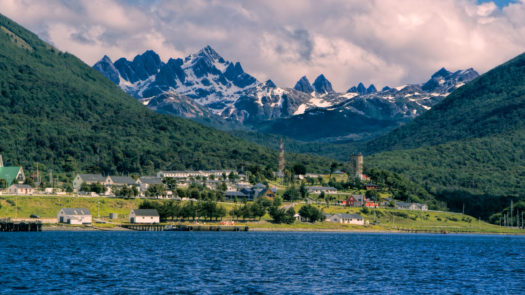
14) The Alps, Europe
Winter sports fans had better hotfoot it to the European alps if they want to catch them at their best. Due to their lower altitude compared to other mountain ranges, climate change has a stronger effect on these mountains, and they are losing around 3% of glacial ice per year – meaning that by 2050, they might be entirely devoid of glaciers.
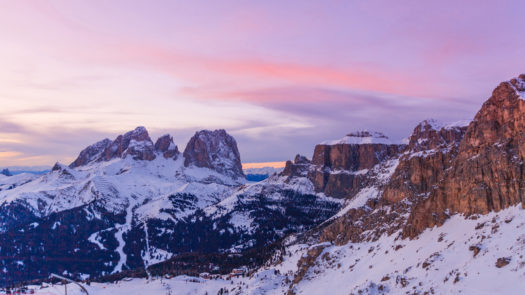
15) Kaokoland, Namibia
Considering that many indigenous groups in Africa no longer exist, visiting the Namibian nomadic Himba tribe is a once in a lifetime experience. The Himba tribe are situated in the desert of Kaokoland, isolated from outside influences. They have successfully maintained their traditional lifestyle in leading pastoral lives and tending to their cattle. For a truly unique experience, travel to the enchanting landscape of Namibia and visit the Himba tribe.

16) The Great Barrier Reef, Australia
Time is running out for Australia‘s iconic Great Barrier Reef, with climate change set to wreck irreversible damage by 2030 unless immediate action is taken. Go while you still can to see this spectacular coral reef system, considered to be one of the great natural wonders of the world.
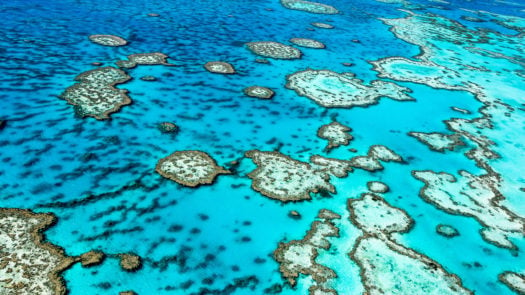
Our top example trips...
Feeling inspired? Speak to one of our expert travel designers today and start planning your trip of a lifetime to one of these unique destinations.
